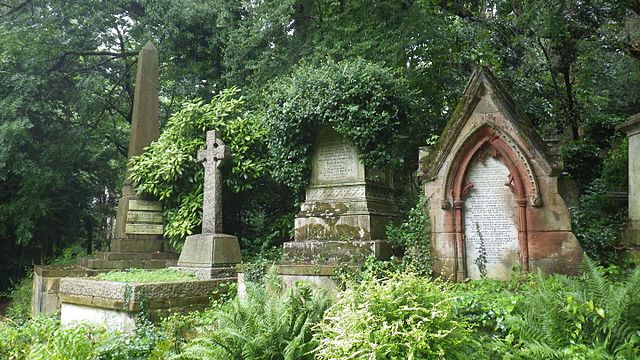Why use a death certificate?
A birth certificate gives vital data on a child’s parents, whilst a marriage certificate allows you to access another generation via the names of the fathers of the bride and groom. But what can a death certificate provide apart from a date of death?
A death certificate gives the date, place and cause of death, as well as the age and occupation of the deceased. The informant named on the certificate will often turn out to be a family member or close friend. Do bear in mind, though, that this informant supplies the age of the deceased, so allow for a margin of error.
At the start of civil registration in 1837, the GRO indexes recorded merely the name of the deceased and the registration where the death occurred. However, from 1866 onwards, the age of the deceased was added to the index, making it much easier for today’s family history researchers to find the ancestor in question.
From the June quarter of 1969, the deceased’s date of birth, rather than age at death, was added to the death certificate. The date of birth is of particular interest now that the 1939 National Register is available, as this resource can be used to find matches in the records. The maiden surname was also included for married or widowed women from 1969 onwards – if only this information had been recorded from the very start!
By contrast, Scottish death certificates included the names of both parents, and a maiden name of the deceased where applicable, from the start of Scottish civil registration in 1855.
How do I obtain an ancestor’s death certificate?
To find an English or Welsh death certificate, you will need to find the General Register Office reference number, which you can search for at a commercial website such as FindMyPast or Ancestry, or via FreeBMD – an ongoing project to transcribe the civil registration indexes of birth, marriages and deaths for England and Wales.
Once you have the reference number for the death in question, you can use this to order a certificate at a cost of £9.25 from the General Register Office.
Visit your ancestor’s burial place
Once you’ve obtained an ancestor’s death certificate, you can literally follow them from ‘cradle to grave’ through their birth, marriage (if applicable) and death certificates. To put this final life event into context, consider making a visit to your ancestor’s burial place.
Standing beside the grave of your forebear, you’re actually standing at the spot where the funeral mourners (who probably included several members of your family tree) stood as your ancestor was laid to rest. Perhaps they came here for years afterwards, leaving flowers for special anniversaries.
While you’re there, take a look around the churchyard and see if you can spot graves for other relatives. If you’re lucky, the family history society associated with this burial place may have carried out a transcription project to record vital names and dates. Explore different societies via the Federation of Family History Societies website.
Explore the many different ways of tracing your ancestors with Family Tree magazine – April issue out now.
(Image © Laka MC. Pictured is Highgate Cemetery, London)

 RSS Feed
RSS Feed
